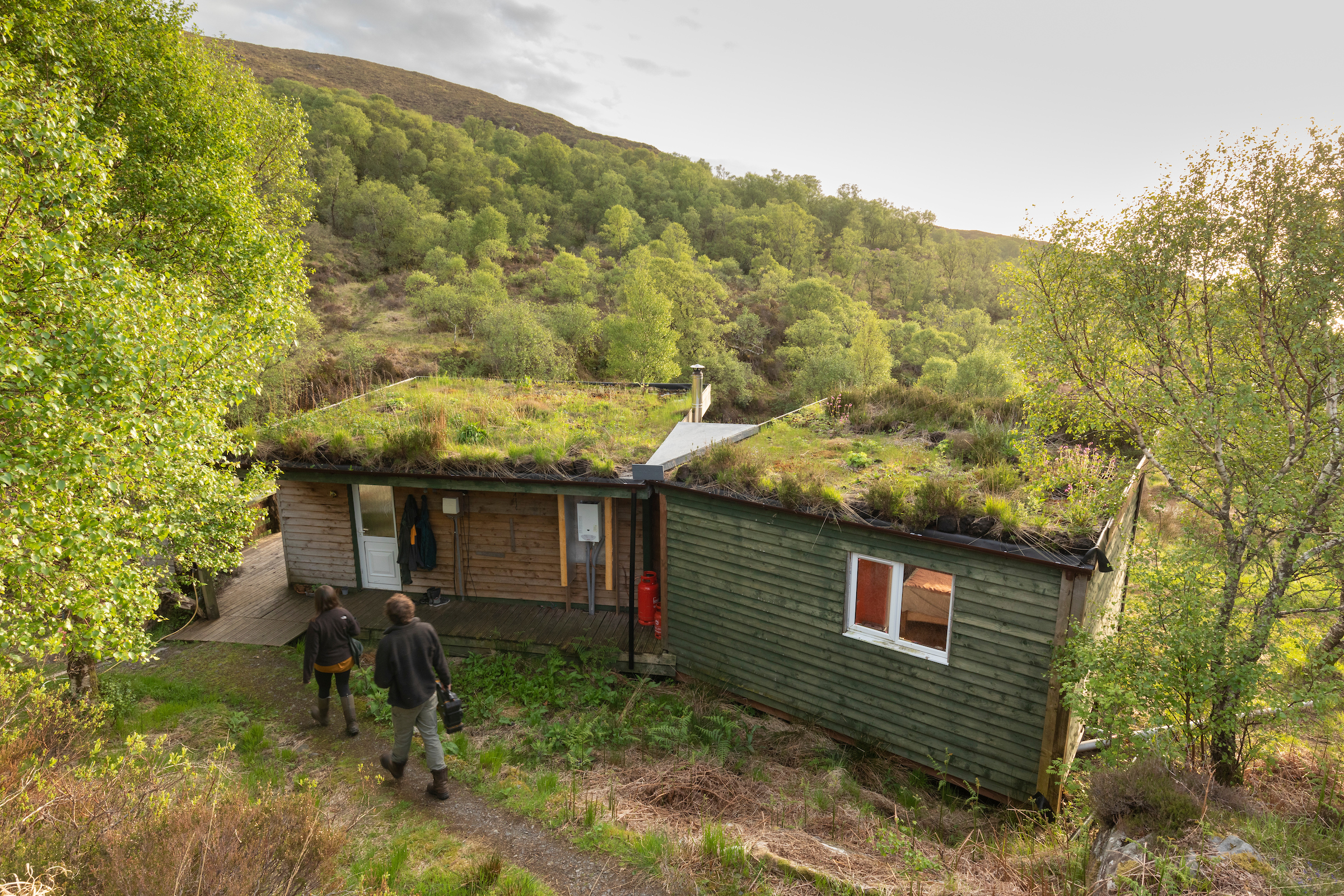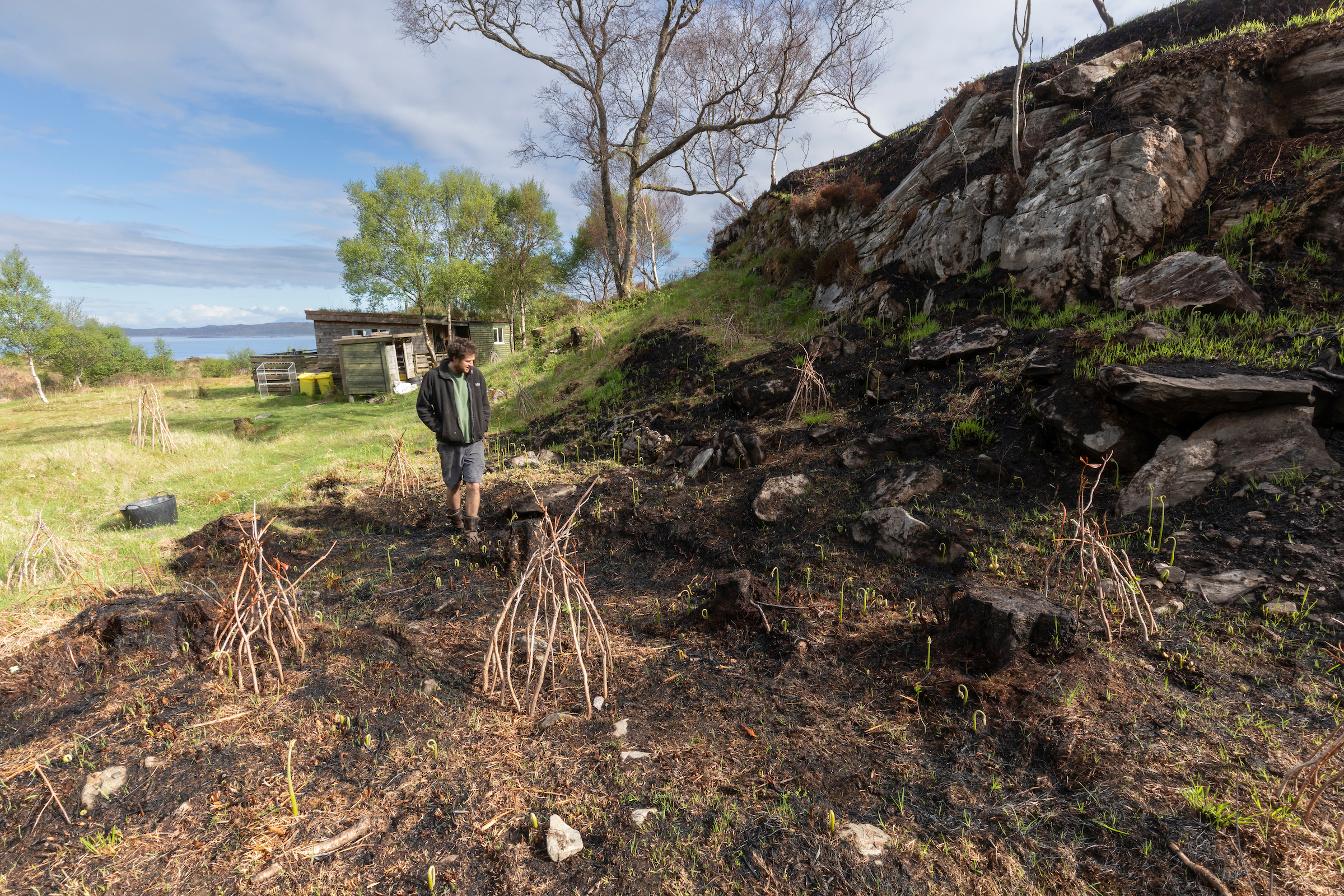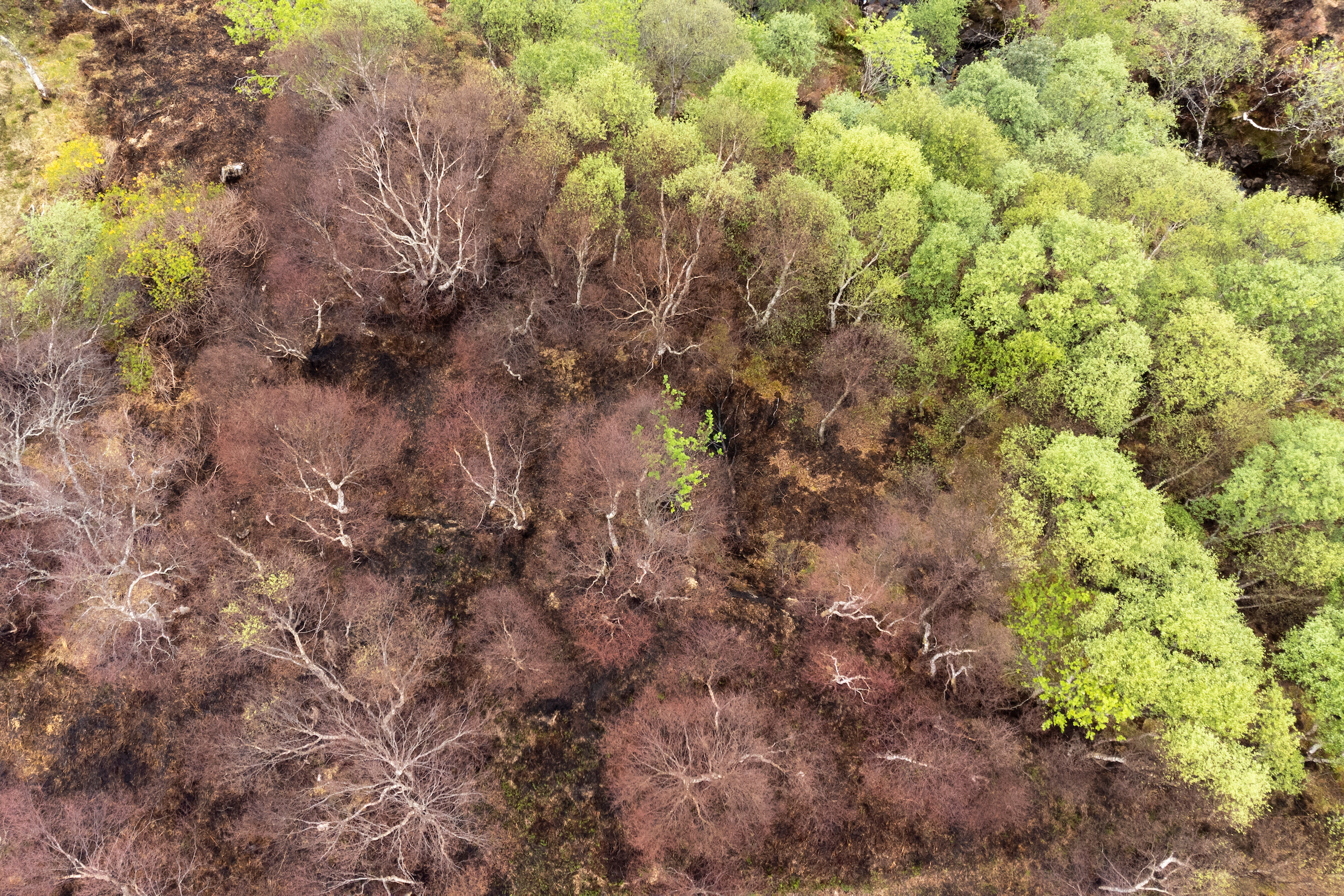As the Wildlife Management and Muirburn Bill makes its way through the Scottish Parliament, Peter Cairns, Executive Director, SCOTLAND: The Big Picture asks, is repeatedly burning our landscape really the best way to protect it?
Muirburn – the controlled burning of vegetation for land management purposes – has historically been governed by the Muirburn Code, which carries limited statutory restrictions.
But the Scottish Government has developed proposals whereby future muirburn may only be conducted under a dedicated licence.
Traditionalists contest that this will see muirburn relegated to a tool of last resort, with Scottish Land and Estates claiming the scheme could risk undermining land managers’ ability to deal with wildfires.
Their perspective is that muirburn reduces the build-up of vegetation that otherwise accumulates over time, with the risk that if it does catch light, it could then fuel a much larger and potentially more damaging fire.
However, not everyone agrees with this approach. Ed and Becca are members of the Northwoods Rewilding Network, and their house, on a croft on the Kinlochmoidart Peninsula, nearly burned to the ground last year after someone set fire to the hill behind their home.

Aftermath of uncontrolled moorland fire that spread from neighbouring estate onto Dubh Allt land holding burning ground flora and birch trees, Roshven, Lochailort.

After the fire, they noticed that the areas that had escaped the worst of the blaze were wooded. Here, the trees had created a damper microenvironment together with a sparser understorey, with the result that the flames had scarcely penetrated. By contrast, out on the open hill, the fire had been too hot to even approach.
Some in the local community blamed the wildfire on a lack of muirburn in recent years, but Ed and Becca’s experience convinced them that the best protection against wildfires is not an endless cycle of controlled burns, but rather the re-establishment of native broadleaf woodland – the natural vegetation cover for much of Scotland.
Muirburn undoubtedly works to reduce fuel loads, meaning that if a fire does break out, the resulting blaze is cooler than it would have been in long, rank grass or heather.
However, ironically, muirburn also increases the overall risk of fire because it maintains a treeless environment, more prone to drying out, turning the landscape into a fire trap.
Crucially, muirburn inhibits the regeneration and growth of trees, burning any saplings that try to get established.
Without protective shade, exposed ground quickly dries out in our increasingly drought-stricken summers.
In effect, muirburn maintains the land as a tinderbox.
By contrast, when broadleaf woodland becomes established, a combination of factors reduces fire risk.
Firstly, there’s less evaporation beneath a woodland canopy, so both soil and vegetation stay damper for longer. And secondly, there’s less light, so less undergrowth builds up, reducing the fuel load at ground level.


Some critics of woodland regeneration have suggested that decreasing the number of sheep and deer in the landscape will put large areas at increased risk from fire as trees take root.
In fact, the fire-resistant nature of broadleaf woodlands means that, in the longer term, the opposite is likely to be true.
As a means of preventing major wildfires, muirburn works, but it’s a bit like giving away all your possessions to stop yourself being robbed.
It’s effective, as far as it goes, but it also comes with tangible drawbacks. Muirburn not only inhibits tree growth, it creates air pollution and can damage the health of peatlands, leaving them more vulnerable to drying out. A significant number of wildfires are even started by poorly supervised attempts at muirburn.
Fire regimes are complex, and the science behind the relative gains and losses for carbon sequestration linked to muirburn are still not fully understood. It is likely that controlled burning – under licence – will continue to be a tool used by land managers, but too often, relying on muirburn to manage wildfires swaps the risk of disaster for the certainty of chronic environmental impoverishment.
Like Maslow with his hammer, we have become over-reliant on a favoured tool. It’s time we considered other options.
Ed and Becca are working to re-establish native woodlands on their croft, believing that a complex restored forest offers them much more long-term protection from wildfire.
It’s an approach that comes with a degree of risk until the trees get properly established, but as a young couple facing an uncertain future, they are convinced of the need for a different approach in a rapidly changing environment.
TAGS


